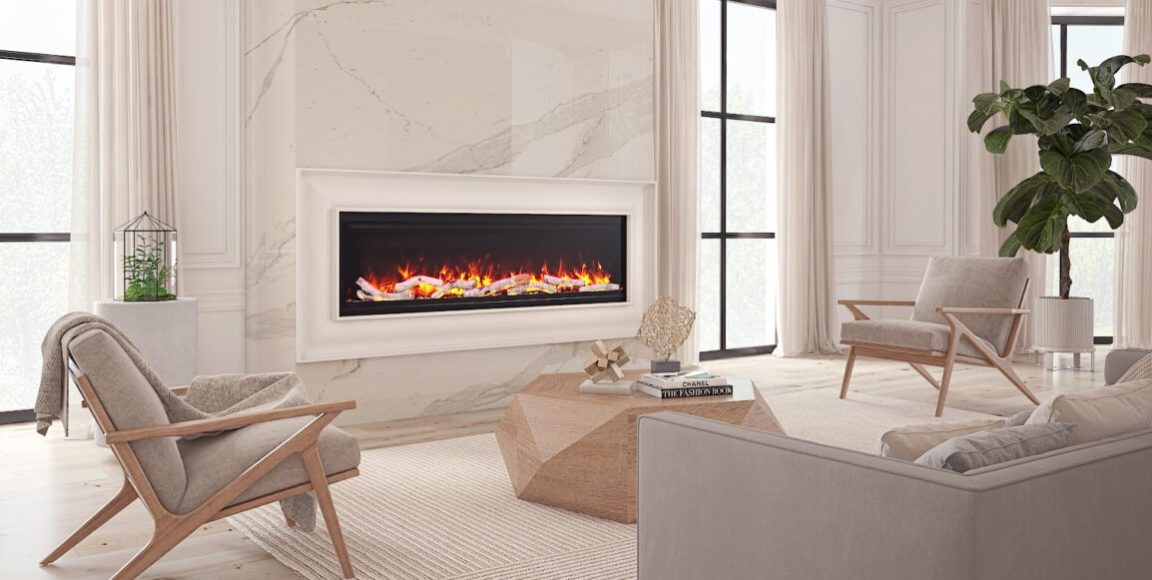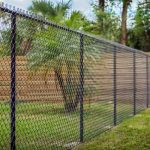Did you know that there is an estimated 17.5 million fireplaces in America?
Are you considering adding a fireplace to your home, but don’t know how much energy it will use?
With so many different types of fireplaces available, trying to figure out the amount of energy each one uses can be overwhelming. You want to make sure that you’re making the right choice for your home without breaking the bank.
We understand and have done all the research for you! Keep reading and explore how much energy each type of fireplace will use depending on a variety of factors. Make an informed decision about which type is best for your needs and budget.
How Much Energy Does a Fireplace Use?
A traditional open-hearth fireplace uses a significant amount of energy since it draws in large amounts of air to feed the fire. On average, an open hearth fireplace can use up to 20,000 BTUs per hour – roughly equivalent to running a 9-kilowatt electric heater!
In comparison, modern closed-vent fireplaces can use up to 4,000 BTUs per hour and are significantly more efficient. They also produce less smoke and particulate emissions, making them a better choice for not just the environment but your wallet too!
When selecting a fireplace, it’s important to understand the implications for both energy consumption and cost. Operating an open hearth fireplace can easily drive up monthly energy bills. By comparison, closed-vent fireplaces offer a much more efficient and cost-effective option.
How to Save Energy With Your Fireplace
Now that you understand how much energy a fireplace uses, it’s important to consider ways to reduce that consumption. Let’s look at them now:
Turn down the thermostat: Keeping the thermostat at a lower setting can help reduce the amount of energy your fireplace uses.
Install a fireplace blower: A blower helps circulate heat from the fire throughout your home, reducing the need for additional heating sources.
Use a damper: Closing the damper on a fireplace will reduce the amount of air that is drawn into the fireplace to feed the fire, reducing energy consumption.
Use an alternative fuel source: Consider switching from wood to another fuel source such as natural gas or electricity for your fireplace. These alternatives are more efficient and cost-effective than wood-burning fireplaces.
Which Types of Energy Saving Fireplaces
Now that you know how to save energy with your fireplace, let’s look at the different types of fireplaces available for those who want to be more energy efficient. Here are some common options:
Gas Fireplace
Gas fireplaces have become increasingly popular in recent years, and for good reason. Not only are they a great source of warmth and comfort, but they are also highly efficient. When installed correctly, gas fireplaces can be up to 99% efficient.
This means that almost all of the heat produced is used to warm your home – unlike traditional fireplaces, which can lose heat through the chimney. Plus, with natural gas being a clean-burning fuel source, you can enjoy the beauty of a fire without the hassle of cleaning up ashes and soot.
Overall, gas fireplaces are a great option for those looking to add warmth and ambiance to their home conveniently and efficiently.
Electric Fireplace
Electric fireplaces are a great alternative to traditional wood-burning fireplaces, especially for those who value efficiency and convenience. These custom fireplaces are designed to mimic the look and feel of a real fire, complete with realistic flames and embers. But unlike traditional models, they run on electricity which means they require no chimney or venting system.
This not only makes them easier to install but also safer to use, as there is no risk of dangerous fumes or smoke. And with efficiencies of up to 90%, electric fireplaces are a smart choice for those looking to save on energy costs while still enjoying the warmth and ambiance of a fire.
Click here to find out are electric fireplaces efficient.
Pellet Stoves
If you’re looking for a more eco-friendly and cost-effective way to heat your home, pellet stoves may be the answer. These innovative stoves utilize compressed pellets of biomass materials, like corn husks or sawdust, to generate heat.
Not only do they burn cleaner and produce less pollution than traditional wood stoves, but they can also reach impressive efficiency ratings of up to 82%. So, not only will you be doing your part for the planet, but you’ll also be reducing your heating bills.
Plus, with a variety of styles and designs available, you’re sure to find a pellet stove that suits your décor and personal taste.
Wood Stoves
There’s something undeniably cozy about curling up with a book next to a warm, crackling fire in a wood-burning stove. But not all stoves are created equal when it comes to efficiency. It’s worth taking the time to research different models and find one that matches your heating needs, budget, and environmental considerations.
Whether you’re interested in a classic cast iron look or a sleek modern design, there’s a wood stove out there that will keep you and your home snug all winter long.
Find an Energy Saving Fireplace Today
When deciding whether to install a fireplace, it is important to consider the amount of energy that will be used. Depending on factors such as type and size, fireplaces can use anywhere from minimal amounts of electricity or gas to large amounts.
It is also essential to think about how you plan on using your fireplace to determine if installing one would make sense for your home. If you decide that a fireplace fits into your lifestyle, then with proper installation and maintenance, you may find yourself enjoying its warmth for years to come.
To learn more, check out our blog for more articles like this!



